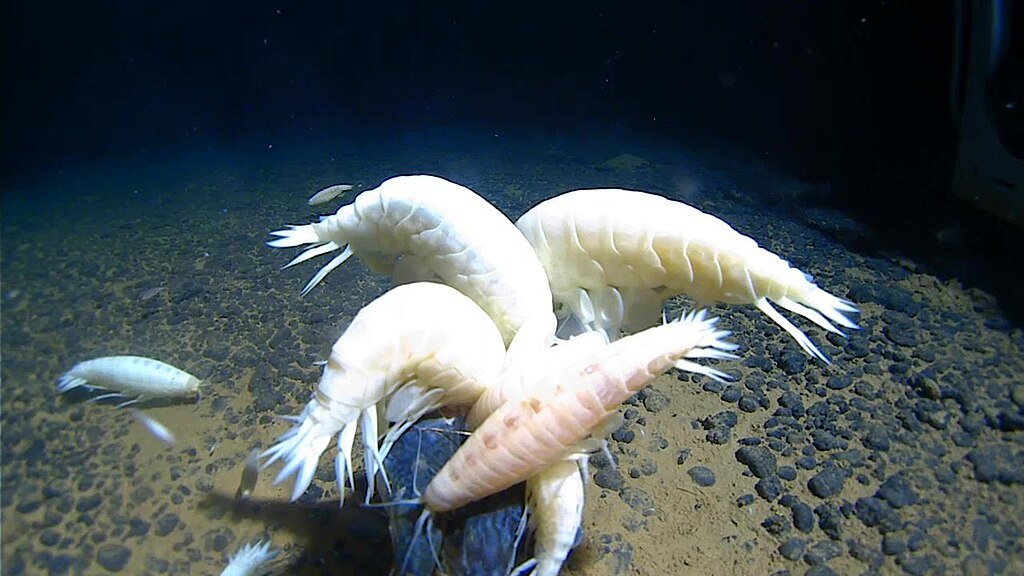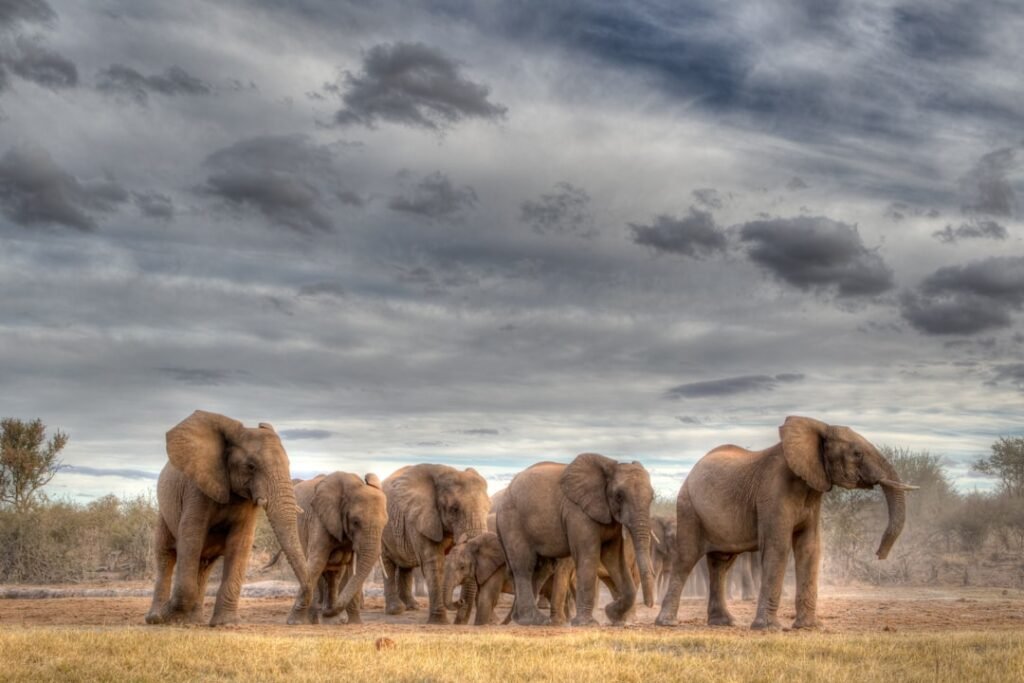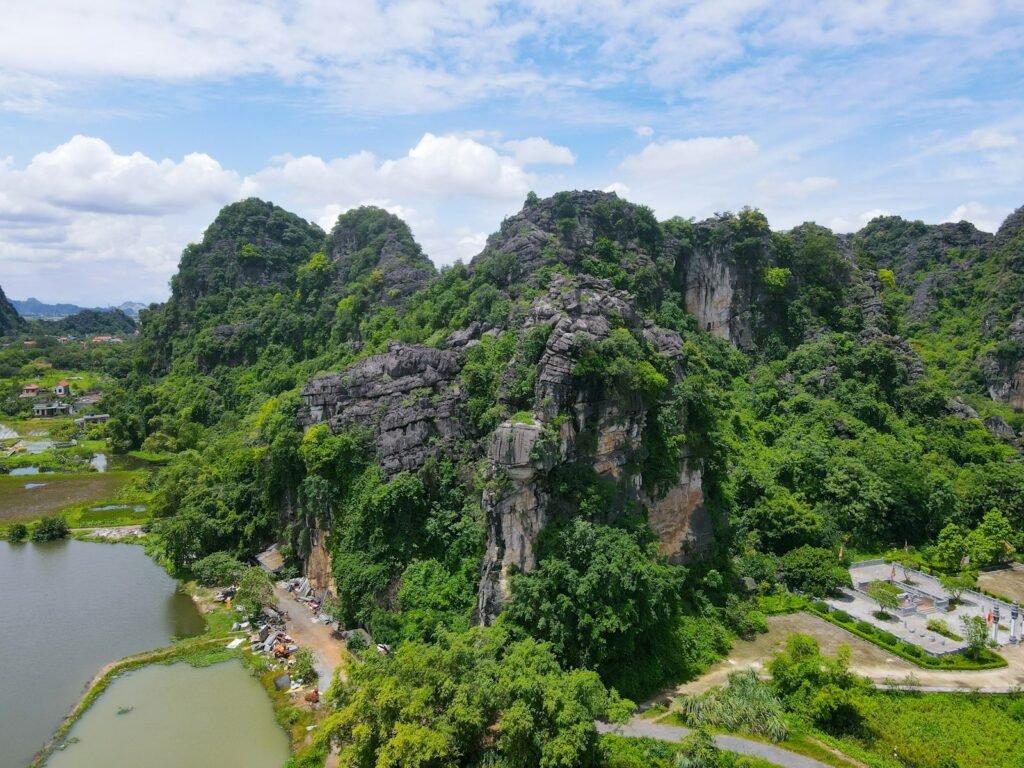Far beneath the ocean’s sunlit surface, in crushing darkness and near-freezing temperatures, lurks a creature once thought to be a rarity of the deep. Alicella gigantea, the world’s largest amphipod, a shrimp-like crustacean that grows up to 34 cm (13.4 inches) long has long been considered an elusive oddity. But groundbreaking new research reveals this “supergiant” may be far more common than anyone imagined, potentially inhibiting 59% of the world’s seafloor.
For decades, sporadic sightings of A. gigantea drove ideas of its scarcity. Now, a worldwide genetic study under direction from the University of Western Australia has reversed that presumption. Analyzing 195 records from 75 sites across the Pacific, Atlantic, and Indian Oceans, researchers found that this deep-sea behemoth is not rare rather, it is simply quite difficult to locate.
The “Supergiant” That Defies Expectations

Most amphipods are small, hardly the size of a fingernail. But a biological oddity, Alicella gigantea dwarfs its cousins in what researchers refer to as abyssal gigantism8. Lead researcher Dr. Paige Maroni says it is the “biggest, baddest predator of the deep sea,” just based on its sheer weight relative to a forearm.
But unlike the red-hued amphipods that rule the deep, A. gigantea is ghostly pale despite its grandeur. This lack of pigment implies it might have no natural predators, which would let it flourish over huge, unexplored areas.
Why We Thought It Was Rare And Why We Were Wrong
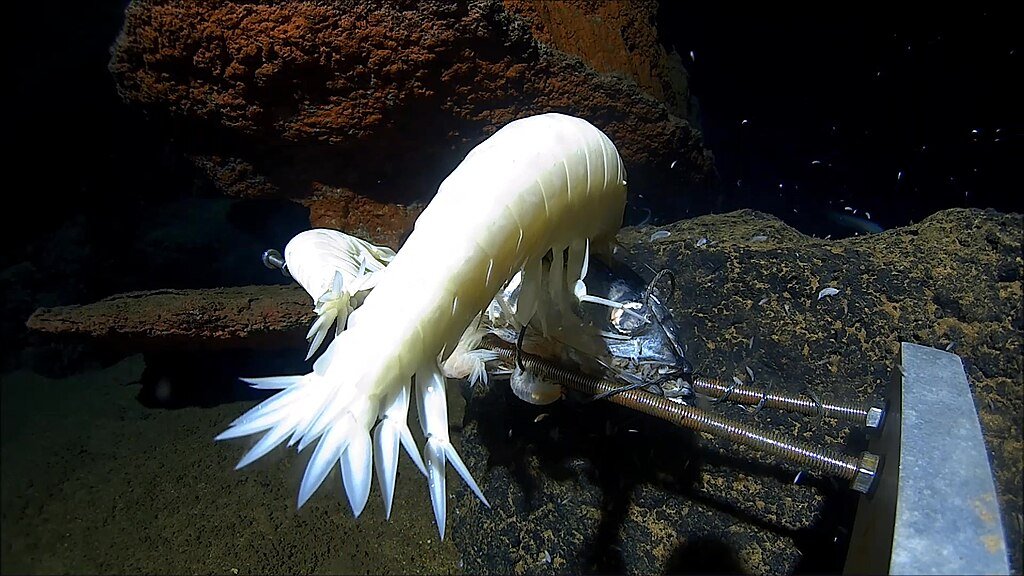
For over a century, A. gigantea was a cryptic enigma. The first specimen was hauled up from the Madeira Abyssal Plain in 1897, and for decades, sightings were few and far between. Even in the 1970s, when cameras captured it at 5,304 meters deep, the species vanished from records for 20 years.
The problem? Deep-sea sampling is brutally difficult. Traditional baited traps which attract swarms of smaller amphipods only occasionally snag A. gigantea, often one at a time after weeks of effort. “It’s not that they’re rare,” explains Maroni. “They’re just not easy to catch”.
A Global Footprint Hidden in the Abyss
The new study mapped A. gigantea’s presence across 15 seafloor features, from trenches to fracture zones, using DNA from mitochondrial and nuclear genes. Shockingly, populations from opposite sides of the world showed almost no genetic divergence, suggesting a single, interconnected species spanning the globe15.
The Pacific Ocean emerged as its stronghold, with 75% of its abyssal plains falling within the crustacean’s preferred depth range (3,890–8,931 meters)110. But the real surprise? 59% of Earth’s seafloor, an area larger than all continents combined could be A. gigantea habitat.
The Deep Sea’s Best-Kept Secret
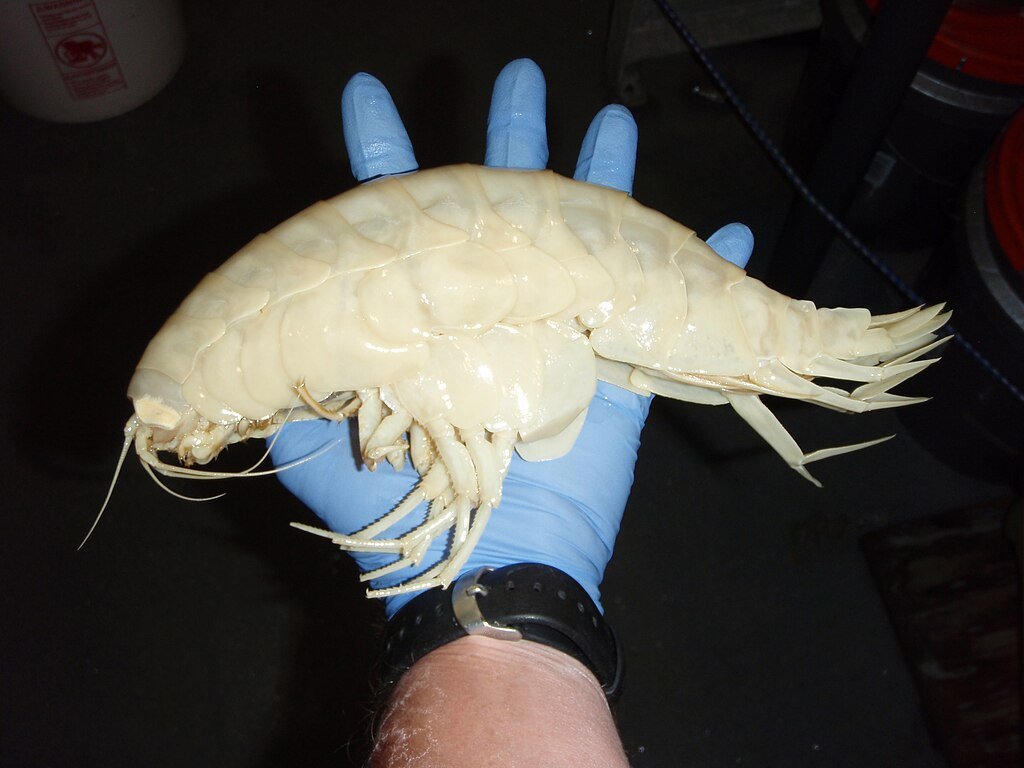
The research emphasizes how little is known about the deep sea. Visual surveys of less than 0.001% of the seafloor mean A. gigantea’s actual numbers and ecological importance remain hypothetical.
Its diet of scavenging hints one clue. These amphipods, which eat carrion sinking from above, link themselves to surface ecosystems in ways we are only starting to understand, much as deep-sea vultures do. Unbelievably, their bodies have revealed traces of DDT and other toxins, demonstrating human impacts even at these far-off depths.
What This Means for Science And the Planet

The discovery reshapes our understanding of deep-sea biodiversity. “We’ve called everything in the abyss ‘rare’ because we couldn’t find it,” says Maroni. “But these creatures are more connected than we ever imagined”5.
Future expeditions, armed with better technology, may reveal even more surprises. As Maroni puts it: “For every species we study, millions more await discovery and we’re in a race against time to understand them before they’re lost”.
Conclusion: The Ocean’s Silent Giant
Once rare, Alicella gigantea is now a worldwide deep-sea resident that is readily visible. Its narrative reminds us that, waiting for adventurers brave enough to look, the last frontiers of Earth still reveal astonishing secrets.
As the study concludes: “The largest deep-sea crustacean isn’t rare. It’s just exceptionally good at staying out of sight”.
Sources:

Jan loves Wildlife and Animals and is one of the founders of Animals Around The Globe. He holds an MSc in Finance & Economics and is a passionate PADI Open Water Diver. His favorite animals are Mountain Gorillas, Tigers, and Great White Sharks. He lived in South Africa, Germany, the USA, Ireland, Italy, China, and Australia. Before AATG, Jan worked for Google, Axel Springer, BMW and others.

